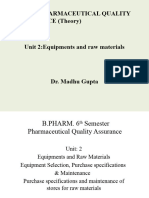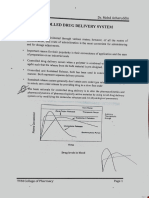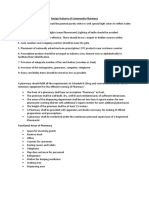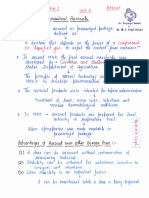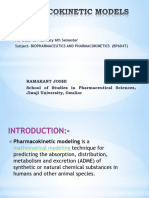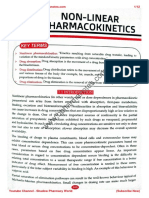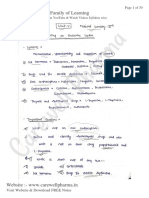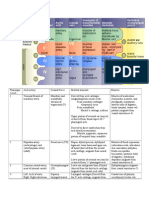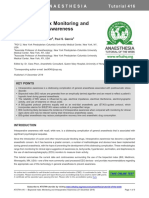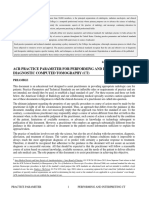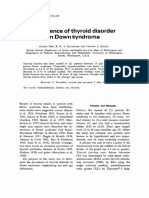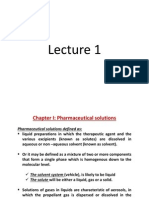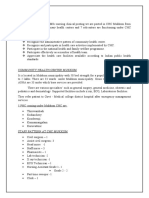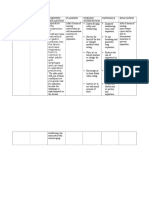0% found this document useful (0 votes)
913 views15 pagesDispensing To Ambulatory or Outpatient Lec (CH 5 Lec 2)
Uploaded by
Shumaila QadirCopyright
© © All Rights Reserved
We take content rights seriously. If you suspect this is your content, claim it here.
Available Formats
Download as PPTX, PDF, TXT or read online on Scribd
0% found this document useful (0 votes)
913 views15 pagesDispensing To Ambulatory or Outpatient Lec (CH 5 Lec 2)
Uploaded by
Shumaila QadirCopyright
© © All Rights Reserved
We take content rights seriously. If you suspect this is your content, claim it here.
Available Formats
Download as PPTX, PDF, TXT or read online on Scribd
/ 15







